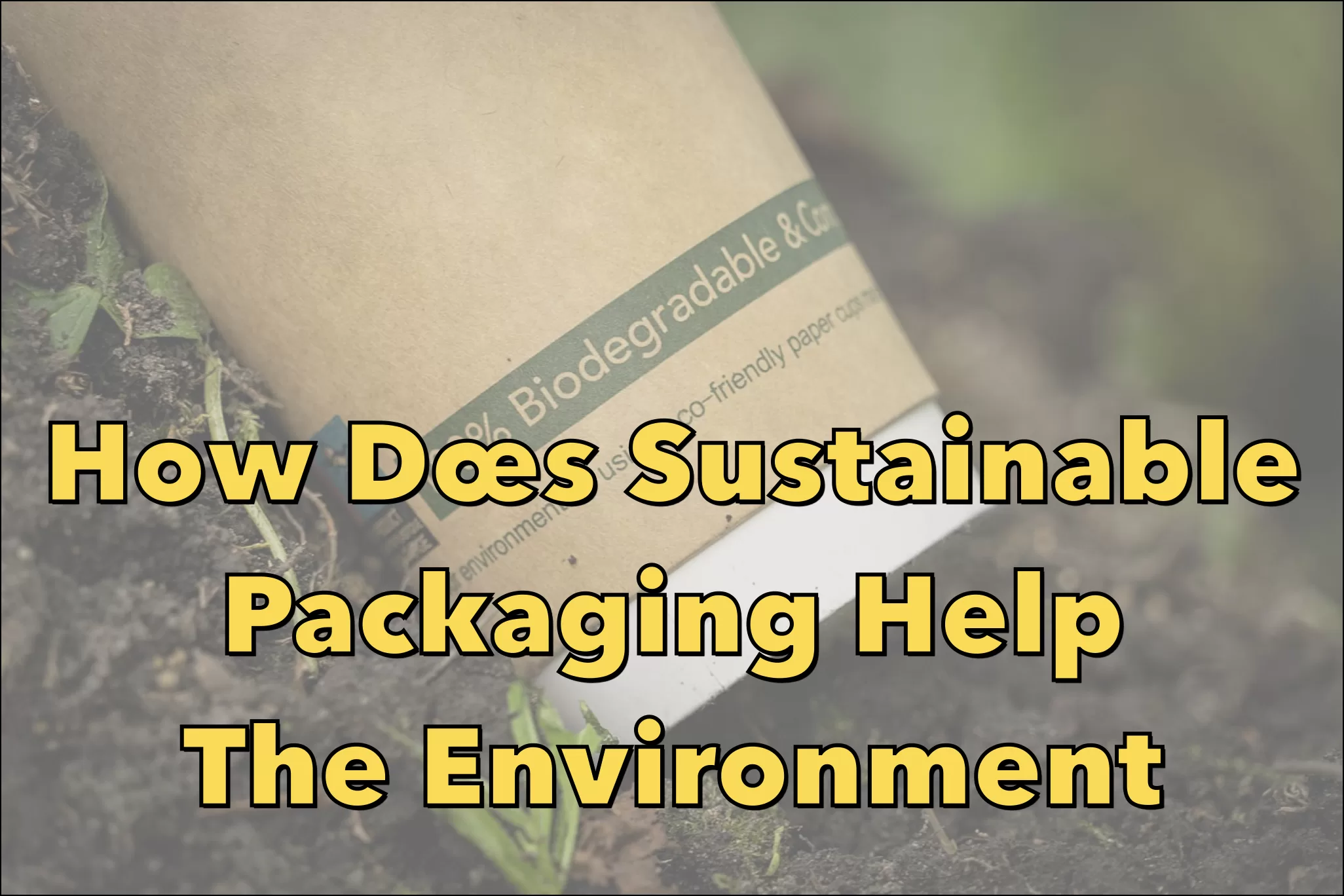Pharmaceutical packaging is a $124 billion global market that is growing at a CAGR of about 6% year over year. In contrast to other packaging segments, medicine will always be in high demand.
This was especially noticeable during the peak of the COVID-19 pandemic. Some of the most popular pharmaceutical packaging formats today are:
- Blister packs (or blister cards)
- Glass
- Plastic
- Foil
- Other types of flexible packaging
However, as this packaging segment evolves, so will its trends. In this post, we’ll look at some of the most important trends in pharmaceutical packaging in 2023 and beyond. We explain the new expectations for pharmaceutical packaging, including any secondary packaging requirements.
3 New Pharmaceutical Packaging Trends
Pharmaceutical packaging is already a very advanced market, but the industry is working on a few things to modernize itself for the benefit of both producers and buyers. These include increasing the amount of packaging:
- Accessible to patients
- Environmentally friendly
- Easy to produce
1. Accessibility
While all packaging strives to be convenient and user-friendly, pharmaceutical packaging may be the epitome of this imperative. Because many people nowadays self-medicate (think insulin pumps and auto-injectors), informing the patient is always the top priority. Consider everything that must be printed on pharmaceutical packaging:
- Usage instructions
- Allergy warnings
- Disposal instructions
- Expiration dates
- Emergency care contact information
The pharmaceutical packaging and all information printed on it must be clear, legible, and visible. Unlike other consumer products, the packaging’s primary purpose is to inform rather than persuade buyers.
2. Eco-Friendly Packaging
Environmentally friendly and sustainable packaging is a major trend in the packaging in general, let alone pharmaceutical packaging. When it comes to pharmaceutical packaging, the industry must strike a balance between patient safety and environmental efforts.
The concept of quality by design, or QbD, is an emerging trend in pharmaceuticals. This initiative ensures that medicines are administered to patients as intended and that nothing harmful to the environment escapes the packaging.
Antibiotic contamination in the environment is and has been a major issue in recent years. QbD can help to mitigate this.
The focus of QbD is on an effective design process that includes multiple variants and risk assessment at each stage of the process. Meanwhile, QbD encourages flexibility within the process’s defined parameters. Among the advantages of QbD are:
- Reduced oversight is required as a result of increased attention during the process
- Results are explained as part of the process’s evolution over time
- Improved efficiency
- Real-time monitoring has improved product quality
- Drug quality consistency
Furthermore, recycling is continuing to improve across all packaging formats. This includes flexible plastic packaging, which is quickly becoming a recyclable packaging format.
There is also a push to find alternatives to single-use plastic, but this presents a unique challenge in the medical field. As a result, single-use plastic is still in use, while other types of plastic are being considered as a replacement.
3. Ease of Production
How quickly can pharmaceutical companies produce medication? How quickly can they package and distribute it? Because of the COVID-19 pandemic, there is a high demand for medication, putting additional pressure on manufacturers to produce it faster without sacrificing quality.
Pharma packaging that is simple to produce and use can reduce lead time for critical medical products. Packaging designers will continue to innovate to find faster packaging solutions in 2023.
3 Decorative Trend Effects in Pharmaceutical Labeling and Packaging in Flexography Printing
When packaging and labeling are done correctly, they should add significant value to your products, and this is centered on the decorative elements you incorporate into your designs. Decorative effects should hold consumers’ attention in the aisle or online long enough for them to inquire further about the benefits of your product. Some national pharmaceutical companies are embracing decorative designs wholeheartedly and these are some of them:
1. Coating & Laminates
Gloss finishes produce a vibrant, gleaming effect, whereas matte finishes reflect light. Tactile coatings, whether raised or textured, provide consumers with a physical impression. To create depth and shine, pearlescent coatings are created by injecting small reflective particles into a clear UV coating. Strike-through and reticulating varnish provide superior rub resistance and even a high gloss effect.
2. Hot Foil Stamping
A metallic polish is produced by attaching the foil to a substrate using a heating technique. Hot foil stamping, which is commonly used in silver or gold, can be used to create shimmering designs that can accommodate intricate and clean visuals of any color.
3. Cold Foil
Cold foil techniques, which use ultraviolet light instead of heat, can apply metallic colors across the CMYK and PMS color spectrums. When adhered to packaging or labeling material, cold foil provides another avenue for lustrous design elements. Cold foil, in particular, can be used in sheet-fed lithographic or flexographic printing.
Taking Pharmaceutical Packaging to the Next Level
To keep up with the fast-paced medical industry, pharmaceutical packaging industry trends are rapidly changing, and so should your flexo printing operations. Considering these three trends can help you stay ahead of the competition. Innovative flexo printing solutions can improve the speed, efficiency, and environmental friendliness of your overall printing operations.




